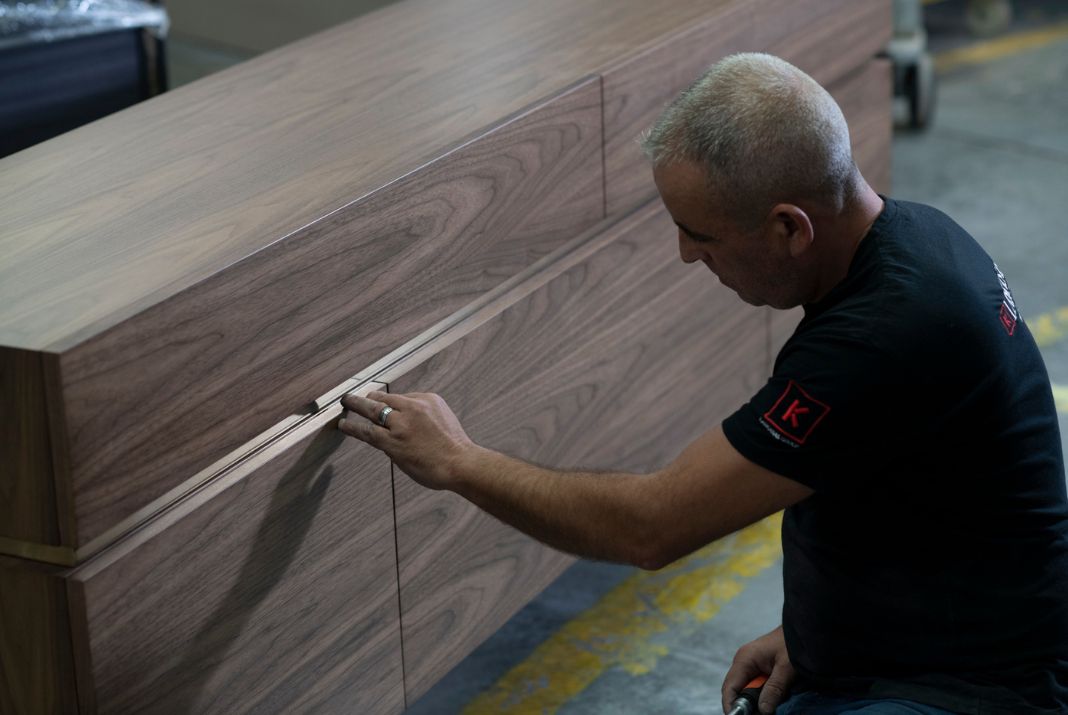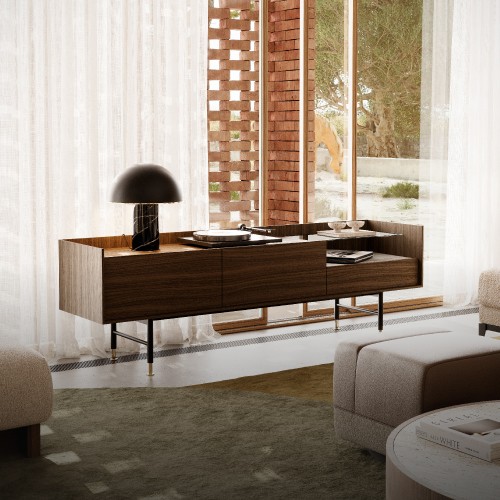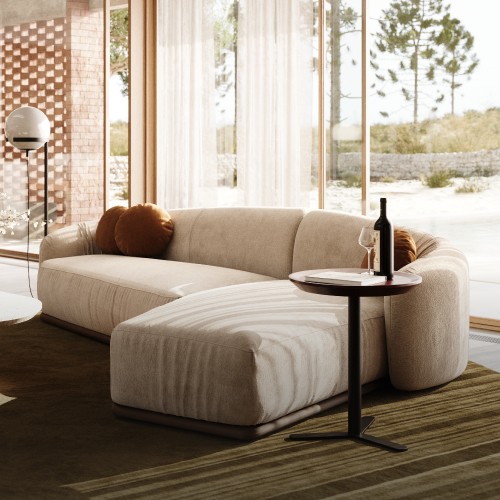As more consumers become aware of the environmental impact of their purchasing decisions, sustainable furniture design has become increasingly important. As an interior designer, it's your responsibility to not only create beautiful and functional spaces for your clients but also to do so in an environmentally responsible way. One way to achieve this is by incorporating sustainable furniture into your designs.
BUT WHAT EXACTLY IS SUSTAINABLE FURNITURE DESIGN?
At its core, sustainable furniture design refers to furniture that is created using materials and techniques that have a minimal impact on the environment. This can include using materials that are renewable or recyclable, minimizing waste during production, and choosing manufacturing processes that are energy efficient.
Innovation in materials

Wood has traditionally been the most common material used in furniture production. However, the harvesting of wood can have a significant impact on the environment. Deforestation can lead to soil erosion, loss of biodiversity, and an increase in greenhouse gas emissions. To address this, designers have started to explore alternative materials.
Reclaimed Wood
Using reclaimed wood is an excellent way to create sustainable furniture. This involves using wood from old buildings, bridges, or other structures that would otherwise be discarded. By repurposing this wood, furniture designers can create unique pieces that are not only environmentally friendly but also full of character and history.
Bamboo
Bamboo is an excellent sustainable material for furniture design. It's a fast-growing plant that can be harvested without causing damage to the environment. It's also a durable material that can be used in a variety of furniture designs, from chairs to tables to flooring.
Recycled Materials
Many furniture designers are now using recycled materials to create their pieces. This can include everything from old car parts to discarded plastic bottles. By using recycled materials, designers are not only reducing waste but also creating truly unique pieces of furniture.
BIO-BASED MATERIALS
Bio-based materials for furniture design include materials such as soy-based foam, hemp, and flax. These materials are sustainable because they are made from renewable resources and can be recycled or composted at the end of their life cycle.
The use of biodegradable and bio-based materials in furniture design has several benefits. First, it reduces the environmental impact of furniture production by using renewable resources and reducing waste. Second, it reduces the use of non-renewable resources such as petroleum-based products. Third, it reduces the use of harmful chemicals in furniture production, as many biodegradable and bio-based materials are naturally non-toxic.
Innovation in Technique
.jpg)
In addition to using sustainable materials, designers are also exploring new techniques that reduce waste and energy consumption in furniture production.
3D Printing
One such technique is 3D printing. 3D printing allows for the creation of complex shapes and designs without the need for cutting or wastage of materials. This makes it a highly sustainable option.
Upcycling
Another technique that has been gaining popularity is upcycling. Upcycling involves taking old or discarded items and transforming them into something new and useful. This technique not only reduces waste but also adds a unique character to furniture designs.
Cold Pressing
Designers are also exploring new production methods that reduce energy consumption. One such method is cold pressing. This involves using high pressure to shape materials without the need for heat. This reduces energy consumption and results in a more sustainable production process.
MODULAR DESIGN
Modular design is a technique that involves designing and manufacturing furniture components that can be easily assembled and disassembled, allowing for greater flexibility and adaptability. It involves breaking down furniture into smaller, more manageable parts that can be easily transported, assembled, and customized.
Modular furniture is designed with specific functions in mind, and the components are designed to fit together in various configurations to create different furniture pieces. For example, a modular sofa may consist of separate modules that can be rearranged to create a sectional, a loveseat, or a chaise lounge.
Innovative Sustainable Furniture Designers
Sustainable Furniture Design Trends
As an interior designer, it's important to educate yourself on sustainable furniture design so that you can offer your clients the best possible solutions for their needs. By incorporating sustainable furniture into your designs, you're not only doing your part to protect the environment but also creating spaces that are beautiful and functional for your clients.











